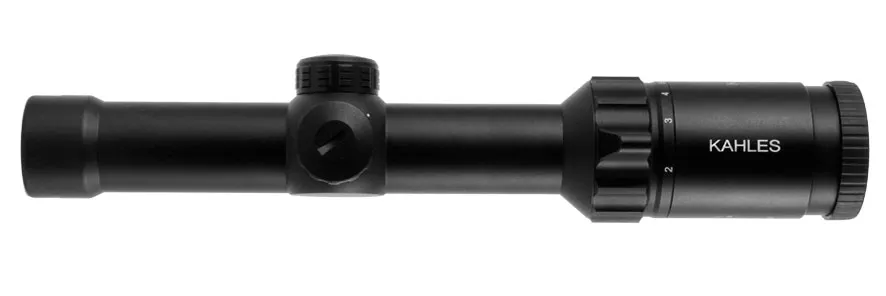I'm setting up my first mid length AR15, having previously built a DMR. This one is a 14.5" that I intend to use as a general, multipurpose AR. It'll be staged in case it's ever needed at home and it'll get used for 2-Gun and 3-Gun games on the weekends.
As I round out this build, I'm torn on optics choices. The only similar type rifle I've got is a .22LR 10/22 with a Vortex Strikefire that I use for speed steel. I do quite like that dot but am also limited in experience.
Looking at AR optics, I'm blown away with seemingly endless options...
- Red dot or holographic?
- Prism sights?
- LPVO
- Magnifiers
- If using any combo of magnifier/dot/holo...use backup irons? Or maybe a backup rear and fixed front post? Lower 1/3rd co-witness vs. absolute?
Too.Many.Choices.
What I'd like to learn to help whittle things down is some of the "theory" behind the optics choice. What have you done for a similar set-up and why? What would you avoid?
As I round out this build, I'm torn on optics choices. The only similar type rifle I've got is a .22LR 10/22 with a Vortex Strikefire that I use for speed steel. I do quite like that dot but am also limited in experience.
Looking at AR optics, I'm blown away with seemingly endless options...
- Red dot or holographic?
- Prism sights?
- LPVO
- Magnifiers
- If using any combo of magnifier/dot/holo...use backup irons? Or maybe a backup rear and fixed front post? Lower 1/3rd co-witness vs. absolute?
Too.Many.Choices.
What I'd like to learn to help whittle things down is some of the "theory" behind the optics choice. What have you done for a similar set-up and why? What would you avoid?













